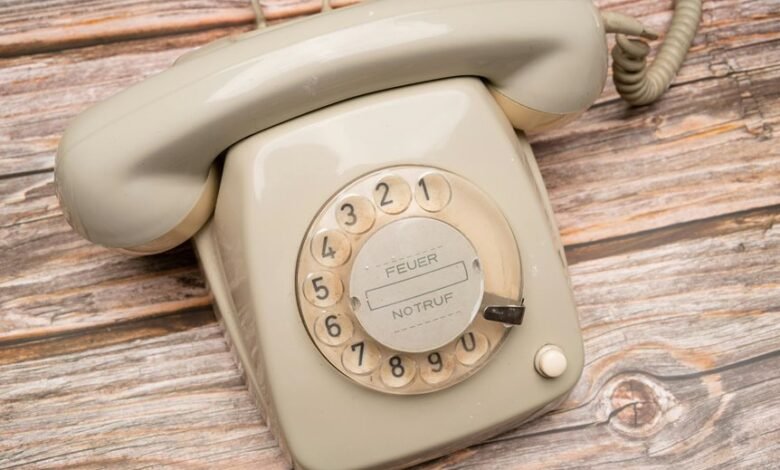Someone’s Calling Back: 9182330622

The mysterious number 9182330622 has become a topic of interest for many. Recipients report frequent calls, sparking a variety of reactions. Some find the interruptions annoying, while others are curious about the caller’s intent. This situation raises important questions regarding privacy and the nature of unsolicited communication. What lies behind this number, and how should individuals respond to such unknown callers? The implications could be significant.
Understanding the Mystery Behind 9182330622
What secrets lie behind the number 9182330622? The caller identity remains a mystery, prompting curiosity among those who receive calls from this number.
Understanding the purpose of such calls necessitates an exploration of phone etiquette, as recipients are often unsure how to respond.
Unraveling this enigma may reveal insights into privacy, communication practices, and the importance of discernment when engaging with unknown callers.
Common Experiences From Call Recipients
Receiving calls from unknown numbers, like 9182330622, often leads to a range of experiences among recipients.
Some report frequent call attempts, raising questions about caller behavior and intent. Others find the calls disruptive, while a few engage out of curiosity.
This diverse array of reactions highlights the unpredictability of such calls, prompting individuals to consider their options for managing unwanted communication.
Identifying Potential Risks and Scams
How can one discern between legitimate calls and potential scams in the age of pervasive telemarketing?
Effective caller identification is crucial for scam awareness. By scrutinizing unknown numbers and recognizing common red flags—like pressure tactics or requests for personal information—individuals can protect themselves.
Remaining vigilant and informed is essential for navigating the complexities of unsolicited calls, ensuring freedom from deceitful schemes.
Effective Strategies for Handling Unknown Calls
Navigating the landscape of unsolicited calls requires effective strategies to handle unknown numbers.
Implementing call screening tools can help filter unwanted calls, addressing privacy concerns while maintaining personal freedom.
Additionally, consumers should consider letting calls go to voicemail, allowing them to assess legitimacy without engaging directly.
Conclusion
As the enigma of the caller from 9182330622 continues to unfold, individuals are left grappling with their experiences. For instance, one recipient, Jane, answered the call only to be met with silence, a tactic often used by scammers to identify active numbers. This incident underscores the importance of vigilance and discernment in today’s communication landscape. By adopting strategies like voicemail screening, individuals can safeguard their privacy while navigating the uncertainty surrounding unknown calls.





